Ambient Learn more about Ambient
-
What is the effect of ambient temperature on coffee roasting? how to use the rate of environmental change to improve the baking curve
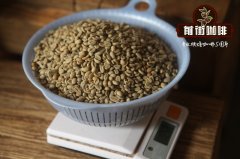
The environmental change rate is not as good as the rising rate, the bean temperature and the environmental temperature are better. But it is even as important, or even more important. It helps to predict the temperature of the drum, which in turn helps to maintain control during the baking process. What is ambient temperature? If you don't know the ambient temperature first, you can't understand the rate of environmental change. This is the temperature of the air in the drum of the baking machine measured using a thermocouple.
2020-05-12 Environment temperature coffee baking what impact how utilization rate of change improvement -
Introduction to coffee roasting training-basic chemical reactions in the coffee roasting process
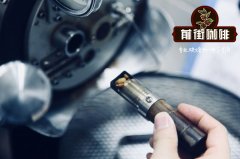
Professional coffee knowledge exchange more coffee bean information please follow the coffee workshop (Wechat official account cafe_style) Coffee roasting skills Collection | the purpose of coffee roasting and the characteristics of coffee beans except in the home-barista.com forum, the word MET is rarely seen. MET is not a number, but the most time segment in the whole baking process.
2018-03-04 Coffee roasting training introduction knowledge process basic chemical reaction professional coffee -
Brazil Coffee Estate-Conservation Estate Story Fazenda Ambient Fortaleza

When Silvia Barretto inherited the estate from her family and 150 farmers, she decided to change her traditional farming methods and switch to organic farming instead of chemical fertilizers. She and her husband Marcos Croce returned to Brazil from Chicago with the idea that organic farming was good for the planet
2017-12-10 Brazil Coffee Manor Environment Conservation Story Fazenda Ambi -
The basic chemical reaction of coffee knowledge during coffee roasting.
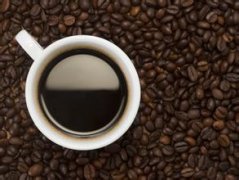
Many thermal and chemical reactions take place during baking: decarbonation, dehydration of quinic acid, subdivision, isomerization, polymerization, and complex sugar reactions (caramelization). The main components of the thermal reaction are monosaccharides and sucrose, chlorogenic acid, free amino acids, and fenugreek amide. Both aravinose and calactose in the polysaccharides are transferred, and the basic vulcanization process includes hydroxylamine.
2014-12-31 Coffee knowledge baking process medium hair raw basic chemical reaction passing -
How does the sour and bitter in coffee come from?

Many thermal and chemical reactions take place during baking: decarbonation, dehydration of quinic acid, subdivision, isomerization, polymerization, and complex sugar reactions (caramelization).
2014-08-25 Coffee knowledge sour coffee bitter coffee why coffee is bitter -
Basic chemical reactions that occur during coffee roasting

Many thermal and chemical reactions take place during baking: decarbonation, dehydration of quinic acid, fragmentation, isomerization, polymerization, and complex sugar reactions (caramelization). The main thermally reactive components are monosaccharides and sucrose, chlorogenic acid, displaced amino acids, and trigonelline amide. Both aravinone and calactose in polysaccharides are transferred, and basic sulfurization contains hydroxyamino acids.
2014-08-20 Coffee knowledge Coffee roasting Chemical changes Coffee encyclopedia -
The basic chemical reaction of coffee roasting process

Many thermal and chemical reactions take place during baking: decarbonation, dehydration of quinic acid, subdivision, isomerization, polymerization, and complex sugar reactions (caramelization). The main components of the thermal reaction are monosaccharides and sucrose, chlorogenic acid, free amino acids, and fenugreek amide. Both aravinose and calactose in the polysaccharides are transferred, and the basic vulcanization contains hydroxylated amino acid.
2014-08-15 Coffee knowledge coffee roasting process baking chemical reaction -
The basic chemical reaction that takes place during coffee roasting.

Many thermal and chemical reactions take place during baking: decarbonation, dehydration of quinic acid, subdivision, isomerization, polymerization, and complex sugar reactions (caramelization). The main components of the thermal reaction are monosaccharides and sucrose, chlorogenic acid, free amino acids, and fenugreek amide. Both aravinose and calactose in the polysaccharides are transferred, and the basic vulcanization process includes hydroxylamine.
2014-11-22 Coffee knowledge coffee common sense coffee roasting chemical reaction -
The basic chemical reactions that take place during coffee roasting

Many thermal and chemical reactions take place during baking: decarbonation, dehydration of quinic acid, subdivision, isomerization, polymerization, and complex sugar reactions (caramelization). The main components of the thermal reaction are monosaccharides and sucrose, chlorogenic acid, free amino acids, and fenugreek amide. Both aravinose and calactose in the polysaccharides are transferred, and the basic vulcanization process includes hydroxylamine.
2015-10-15 Coffee roasting process medium hair raw basic chemical reaction -
Basic chemical reactions of coffee beans during coffee roasting
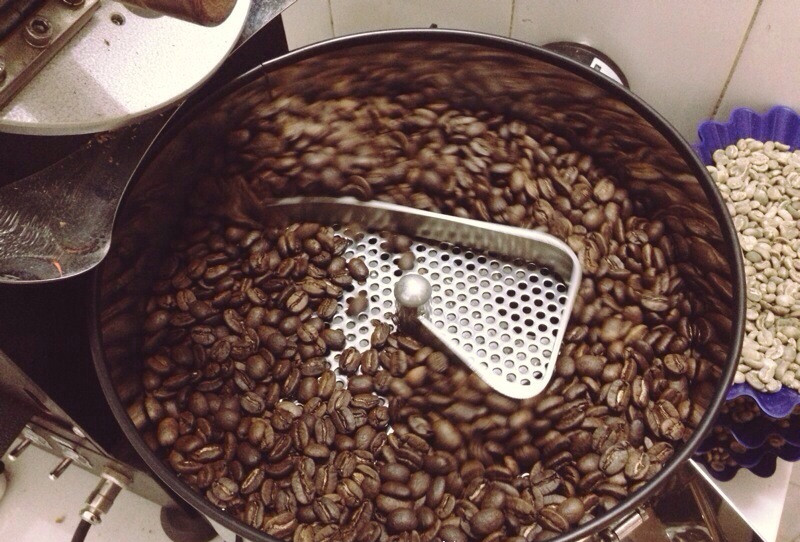
Many thermal and chemical reactions take place during baking: decarbonation, dehydration of quinic acid, subdivision, isomerization, polymerization, and complex sugar reactions (caramelization). The main components of the thermal reaction are monosaccharides and sucrose, chlorogenic acid, free amino acids, and fenugreek amide. Both aravinose and calactose in the polysaccharides are transferred, and the basic vulcanization process includes hydroxylamine.
2015-03-16 Coffee roasting process coffee beans raw basic chemical reaction -
The basic chemical reactions that take place during coffee roasting
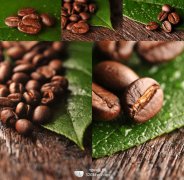
Many thermal and chemical reactions take place during baking: decarbonation, dehydration of quinic acid, subdivision, isomerization, polymerization, and complex sugar reactions (caramelization). The main components of the thermal reaction are monosaccharides and sucrose, chlorogenic acid, free amino acids, and fenugreek amide. Both aravinose and calactose in the polysaccharides are transferred, and the basic vulcanization process includes hydroxylamine.
2014-08-21 Coffee roasting process medium hair raw basic chemical reaction -
The basic chemical reactions that take place during coffee roasting.
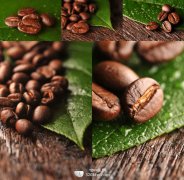
Many thermal and chemical reactions take place during baking: decarbonation, dehydration of quinic acid, subdivision, isomerization, polymerization, and complex sugar reactions (caramelization). The main components of the thermal reaction are monosaccharides and sucrose, chlorogenic acid, free amino acids, and fenugreek amide. Both aravinose and calactose in the polysaccharides are transferred, and the basic vulcanization process includes hydroxylamine.
2015-01-08 Coffee common sense baking process medium hair raw basic chemical reaction passing -
The basic chemical reaction of coffee technology in the process of coffee roasting

Many thermal and chemical reactions take place during baking: decarbonation, dehydration of quinic acid, subdivision, isomerization, polymerization, and complex sugar reactions (caramelization). The main components of the thermal reaction are monosaccharides and sucrose, chlorogenic acid, free amino acids, and fenugreek amide. Both aravinose and calactose in the polysaccharides are transferred, and the basic vulcanization process includes hydroxylamine.
2014-10-09 Coffee knowledge coffee technology coffee roasting baking chemical reaction -
The basic chemical reaction that takes place during coffee roasting.
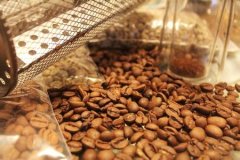
Basic chemical reactions that occur during coffee roasting author: Carl Staub originates from the SCAA baking color classification system, developed by Agtron SCAA 1995 original text from: http://www.sweetmarias.com/roast.carlstaub.html translation: Grant, http://www.baristacn.com/forum/thread-1583-1-1.html in the roasting process
2015-04-16 Coffee roasting process medium hair raw basic chemical reaction -
Key points of coffee roasting techniques: basic chemical reactions that take place during coffee roasting
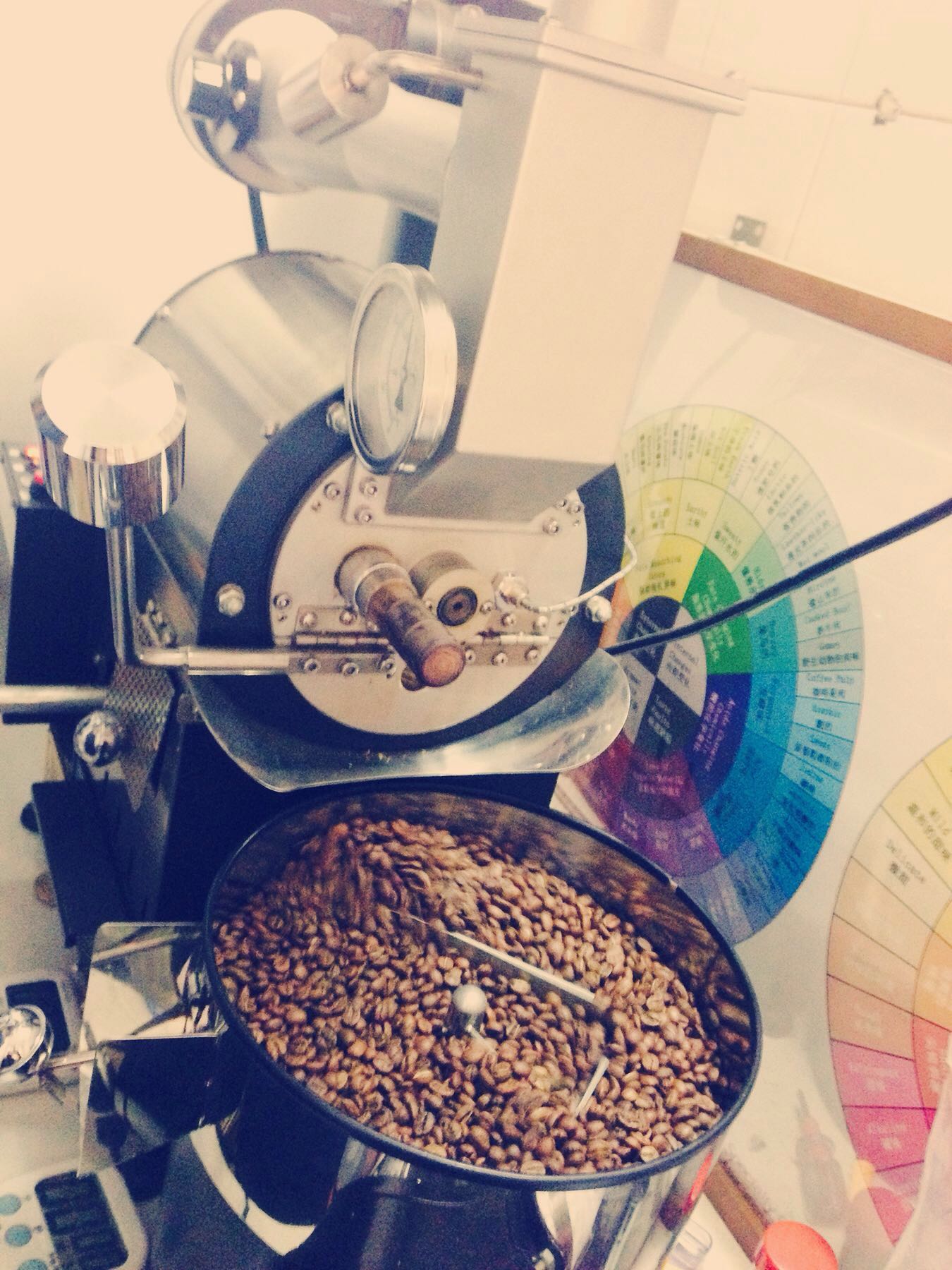
Basic chemical reactions that occur during coffee roasting author: Carl Staub originates from the SCAA baking color classification system, developed by Agtron SCAA 1995 original text from: http://www.sweetmarias.com/roast.carlstaub.html translation: Grant, http://www.baristacn.com/forum/thread-1583-1-1.html in the roasting process
2015-12-16 Coffee roasting techniques key points process medium hair raw basic chemical reaction -
The basic chemical reaction that occurs during coffee roasting. The ingredients produced by the degree of coffee roasting.
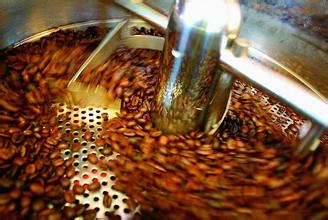
Basic chemical reactions that occur during coffee roasting author: Carl Staub originates from the SCAA baking color classification system, developed by Agtron SCAA 1995 original text from: http://www.sweetmarias.com/roast.carlstaub.html translation: Grant, http://www.baristacn.com/forum/thread-1583-1-1.html in the roasting process
2016-01-23 Coffee roasting process medium hair raw basic chemical reaction degree produced made -
Professional coffee roasting | Analysis of special terms and acronyms for coffee roasting
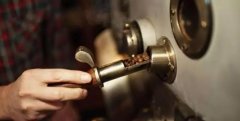
For professional baristas, please follow the coffee workshop (official Wechat account cafe_style) for some help. The explanation and demonstration of these terms are scattered in dozens of articles written earlier (BT- Bean Temperature): the temperature measured by the temperature probe deep into the bean pile is the combined temperature of the surface of the bean and the air around it (ET- E).
2017-10-06 Professional coffee baking nouns acronyms parsing professional communication Guan -
How Cafe Noise Stimulates Your Creativity
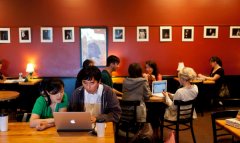
Sit in your favorite coffee shop and you might be able to finish a paper or work proposal efficiently. And now, a new website has moved the cafe into your cubicle. The site, called Coffitivity, was inspired by a recent study showing that the steam coffee machine hissing and caffeine-stimulated coffee is common in most coffee shops.
2014-08-18 cafe noise how inspire your creativity like coffee one -
What chemical reaction changes will take place during the roasting process of coffee beans? What happened to the roasting of coffee beans
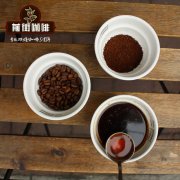
Professional coffee knowledge exchange more coffee bean information please follow the coffee workshop (Wechat official account cafe_style) coffee beans in the roasting process what chemical reactions will take place? What happened to the roasting of coffee beans? Sucrose: melting point 187.8 ℃-sugar? The conjugate = caramelization-water CO2 escapes to produce an explosive First Crack phenomenon. I measured the bean temperature 190 in the drum bean of the baking machine.
2018-08-31 Coffee beans roasting process meeting happening which chemical reaction change experience -
How many stages are there in coffee roasting on Starbucks' official website?

How many stages are there in coffee roasting on Starbucks' official website? Preheating stage: the bean roaster needs to be heated to a certain extent before baking, which will be different because of the bean roasting mechanism. It is necessary to fully heat the pot to a certain temperature before it can drop the beans. There is no certain criterion for this temperature. It depends on the degree of relationship between the bean roaster and the bean roaster to determine the steaming stage: when the bean is roasted, the coffee begins to be roasted.
2018-05-14 Buck official website coffee roasting how much stage buck
